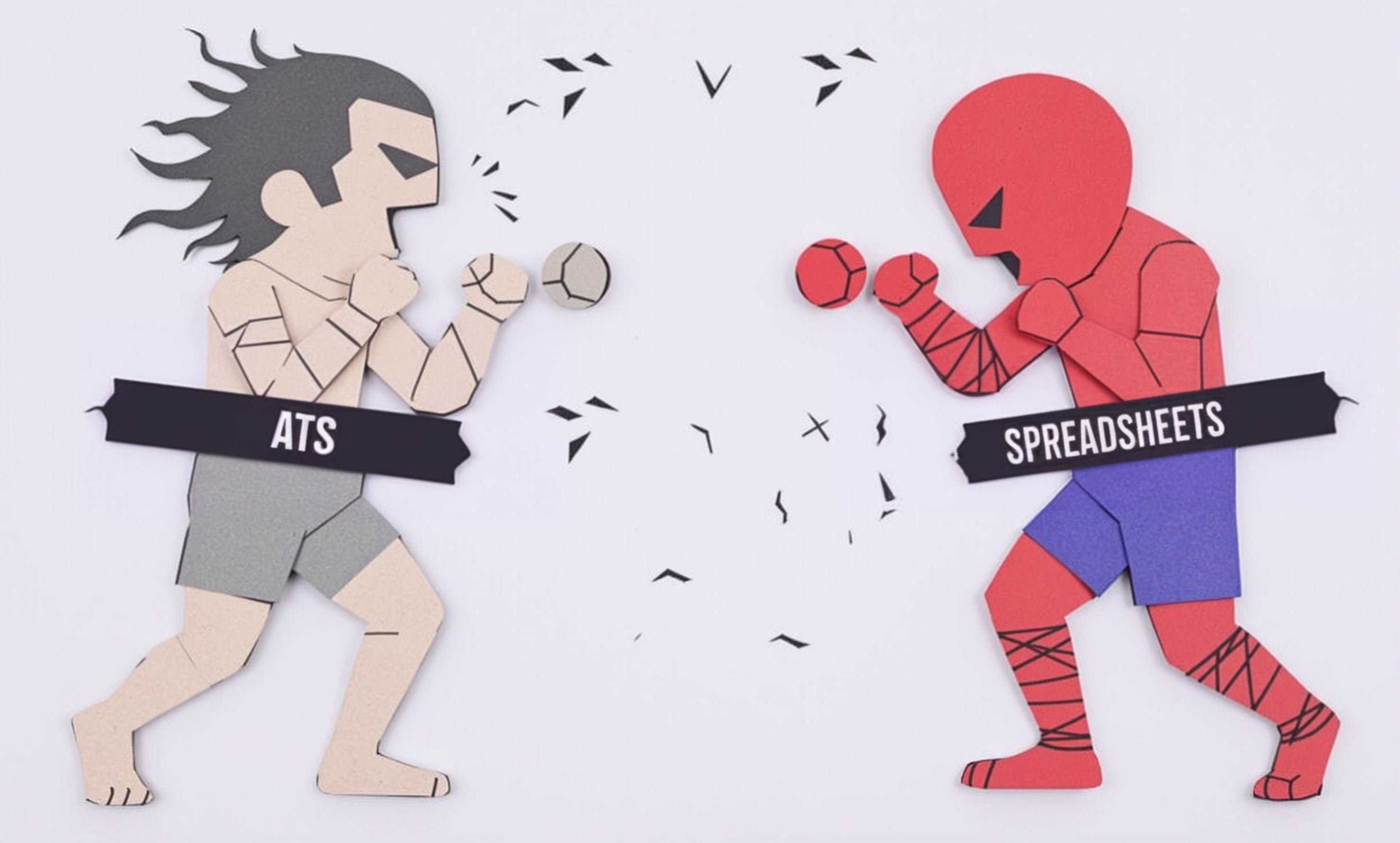
Spike Tape
Spike tape is a special narrow adhesive tape used in theater and live event production to mark positions on stage. It's different from regular tape because it's designed to be easily visible, removable without leaving residue, and durable enough to withstand performer traffic. Stage managers and crew members use it to mark where furniture, props, or performers need to be positioned during a show. Think of it as creating temporary floor markings that help everyone know exactly where things should go, similar to how parking lots have lines showing where cars should park.
Examples in Resumes
Created detailed Spike Tape marking systems for complex scene changes in multiple Broadway-style productions
Managed Spike Tape layouts for 20+ performance spaces during a major music festival
Developed color-coded Spike Tape systems to coordinate movement of 50+ set pieces
Typical job title: "Stage Managers"
Also try searching for:
Where to Find Stage Managers
Professional Organizations
Online Communities
Job Resources
Example Interview Questions
Senior Level Questions
Q: How do you develop and manage a spike tape system for a complex show with multiple scene changes?
Expected Answer: A senior stage manager should discuss creating a color-coding system, documenting the system in the production book, training crew members, and maintaining the markings throughout the run of the show. They should also mention considering sightlines and working with directors' needs.
Q: How do you handle spike tape marking challenges on unusual floor surfaces or outdoor venues?
Expected Answer: Should discuss alternative marking methods, weather considerations, backup solutions, and experience with different tape types and their properties on various surfaces.
Mid Level Questions
Q: What factors do you consider when choosing spike tape colors for a production?
Expected Answer: Should mention visibility under different lighting conditions, avoiding confusion with other markings, consistency with existing systems, and coordinating with other department needs.
Q: How do you maintain spike marks during a long-running show?
Expected Answer: Should discuss regular checks, replacement procedures, documentation of marks, and communication with cleaning staff about preserving marks.
Junior Level Questions
Q: What is the purpose of spike tape and when would you use it?
Expected Answer: Should be able to explain that spike tape is used for marking positions of furniture, props, and performer positions on stage, and describe basic application techniques.
Q: How do you remove spike tape without damaging the floor?
Expected Answer: Should demonstrate knowledge of proper removal techniques, cleaning residue, and understanding of different floor surface requirements.
Experience Level Indicators
Junior (0-2 years)
- Basic spike tape application and removal
- Understanding of color coding systems
- Simple marking documentation
- Basic stage terminology
Mid (2-5 years)
- Complex marking systems
- Multi-scene change coordination
- Proper documentation methods
- Crew training and supervision
Senior (5+ years)
- Advanced marking system design
- Production-wide coordination
- Problem-solving for difficult venues
- Team leadership and training
Red Flags to Watch For
- No knowledge of basic stage terminology
- Lack of experience with different types of performance spaces
- Poor understanding of safety protocols
- Inability to work with technical drawings or ground plans
Related Terms
Need more hiring wisdom? Check these out...

Why Your Hiring Spreadsheets Are Secretly Sabotaging Your Recruitment

Beyond Spreadsheets: Why Executive Dashboards in ATS Systems Are Your Secret Hiring Weapon

Supercharge Your Candidate Screening: 7 Unorthodox Ways to Hire Faster Without Breaking a Sweat

